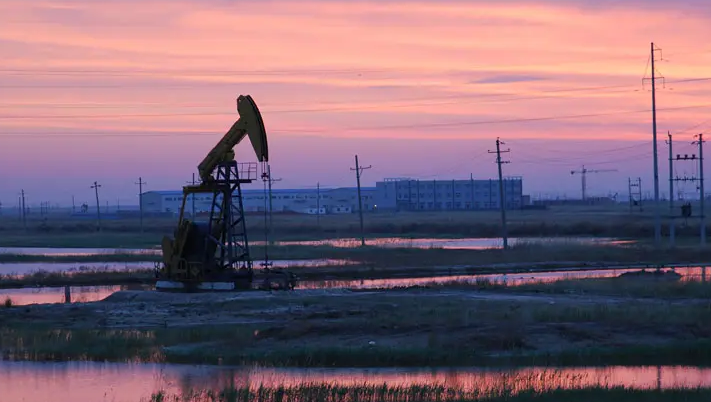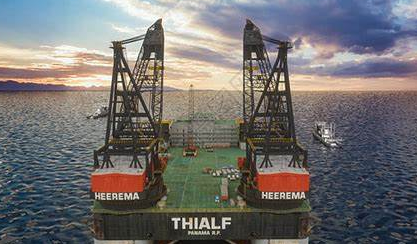Global Energy Transitions Stocktake
Public investment in energy-based research and development grew in 2022
Public RD&D spending reaches new high in 2022, led by China. Public RD&D expenditures play a significant role in fostering new clean energy technologies and bringing them to market. Globally, public spending on energy R&D rose by 10% in in 2022, to nearly USD 44 billion, with 80% devoted to clean energy topics. However, estimated growth in China masks sluggishness elsewhere, maintaining China’s status as the largest public spender on energy R&D. While OECD countries saw their total government spending on energy RD&D stagnate in 2022, new policies, notably the United States Inflation Reduction Act, promise increases in the coming years.
Clean energy supply chains expand substantially in 2022
Clean energy technology manufacturing is expanding rapidly, with new capacity additions posting strong year-on-year growth in 2022 for batteries (72%), solar PV (39%), electrolysers (26%) and heat pumps (13%). Wind manufacturing capacity grew much more modestly at around 2%. The announced pipeline of new manufacturing facilities is also growing. If all were to come to fruition, solar PV and battery manufacturing capacity could meet deployment levels needed in 2030 to meet the IEA’s Net Zero Emissions by 2050 scenario. Conversely, existing capacity plus announced projects for wind, electrolysers, and heat pumps remain insufficient. However, all clean energy supply chains remain highly geographically concentrated: with China alone accounting for 40-80% market share across these 5 technologies.
EVs now close to 15% of global car market
Electric car sales exceeded 10 million in 2022, and accounted for close to 15% of the global car market, up from less than 5% just two years earlier. China continues to dominate the market, representing around 60% of all electric cars sold globally, followed by Europe then the United States.
A growing number of EV policies, such as the Inflation Reduction Act and new EU CO2 standards for cars and vans are driving the outlook for EV sales up, EV costs down, and and are leading to substantially less oil demand by the end of this decade. Around 500 models of electric cars were available to consumers in 2022, and supply chains continue to grow, especially for EV battery production, which is now responsible for 60% of global lithium demand, 30% of cobalt and 10% of nickel.
Global heat pump sales continue double-digit growth
Global sales of heat pumps grew by 11% in 2022, according to the latest IEA analysis, marking a second year of double-digit growth for the central technology in the world’s transition to secure and sustainable heating. Increased policy support and incentives for heat pumps in light of high natural gas prices and efforts to reduce greenhouse gas emissions were key drivers behind the strong uptake. In Europe, heat pumps enjoyed a record year, with sales growing by nearly 40%. In particular, sales of air-to-water models, which are compatible with typical radiators and underfloor heating systems, jumped by almost 50% in Europe. In the United States, heat pump purchases exceeded those of gas furnaces, while in China, the world’s largest heat pump market, sales remained stable.
CO2 Emissions in 2022: Growth in emissions lower than feared
In a year marked by energy price shocks, rising inflation, and disruptions to traditional fuel trade flows, global growth in emissions was lower than feared, despite gas-to-coal switching in many countries. Increased deployment of clean energy technologies such as renewables, electric vehicles, and heat pumps helped prevent an additional 550 Mt in CO2 emissions.
Methane emissions remained stubbornly high in 2022
Methane is responsible for around 30% of the rise in global temperatures since the Industrial Revolution. Cutting methane emissions is one of the most effective near-term ways to limit global warming and improve air quality. Today, the energy sector accounts for around 40% of total methane emissions attributable to human activity, second only to agriculture. In 2022, the global energy industry released nearly 135 million tonnes of methane into the atmosphere, only slightly below the record highs seen in 2019. However, emissions from very large leaks detected by satellite fell by almost 10% in 2022 from what was detected in 2021, and preliminary estimates indicate that there was also a reduction in natural gas flaring.
CCUS set to expand rapidly if all planned projects come online
The IEA's Carbon Capture, Utilisation and Storage (CCUS) database tracks all CO2 capture, transport, storage, and utilisation projects that have been commissioned since the 1970s and includes projects under construction and planned. If all projects in the pipeline come to fruition, global CO2 capture capacity would reach over 300 million tonnes per year by 2030.
- EMERSON
- Honeywell
- CTI
- Rolls-Royce
- General Electric
- Woodward
- Yaskawa
- xYCOM
- Motorola
- Siemens
- Rockwell
- ABB
- B&R
- HIMA
- Construction site
- electricity
- Automobile market
- PLC
- DCS
- Motor drivers
- VSD
- Implications
- cement
- CO2
- CEM
- methane
- Artificial intelligence
- Titanic
- Solar energy
- Hydrogen fuel cell
- Hydrogen and fuel cells
- Hydrogen and oxygen fuel cells
- tyre
- Chemical fiber
- dynamo
- corpuscle
- Pulp and paper
- printing
- fossil
- FANUC
- Food and beverage
- Life science
- Sewage treatment
- Personal care
- electricity
- boats
- infrastructure
- Automobile industry
- metallurgy
- Nuclear power generation
- Geothermal power generation
- Water and wastewater
- Infrastructure construction
- Mine hazard
- steel
- papermaking
- Natural gas industry
- Infrastructure construction
- Power and energy
- Rubber and plastic
- Renewable energy
- pharmacy
- mining
- Plastic industry
- Schneider
- Kongsberg
- NI
- Wind energy
- International petroleum
- International new energy network
- gas
- WATLOW
- ProSoft
- SEW
- wind
- ADVANCED
- Reliance
- YOKOGAWA
- TRICONEX
- FOXBORO
- METSO
- MAN
- Advantest
- ADVANCED
- ALSTOM
- Control Wave
- AB
- AMAT
- STUDER
- KONGSBERG
- MOTOROLA
- DANAHER MOTION
- Bently
- Galil
- EATON
- MOLEX
- Triconex
- DEIF
- B&W
- ZYGO
- Aerotech
- DANFOSS
- KOLLMORGEN
- Beijer
- Endress+Hauser
- MOOG
- KB
- Moxa
- Rexroth


Email:wang@kongjiangauto.com




















































































































